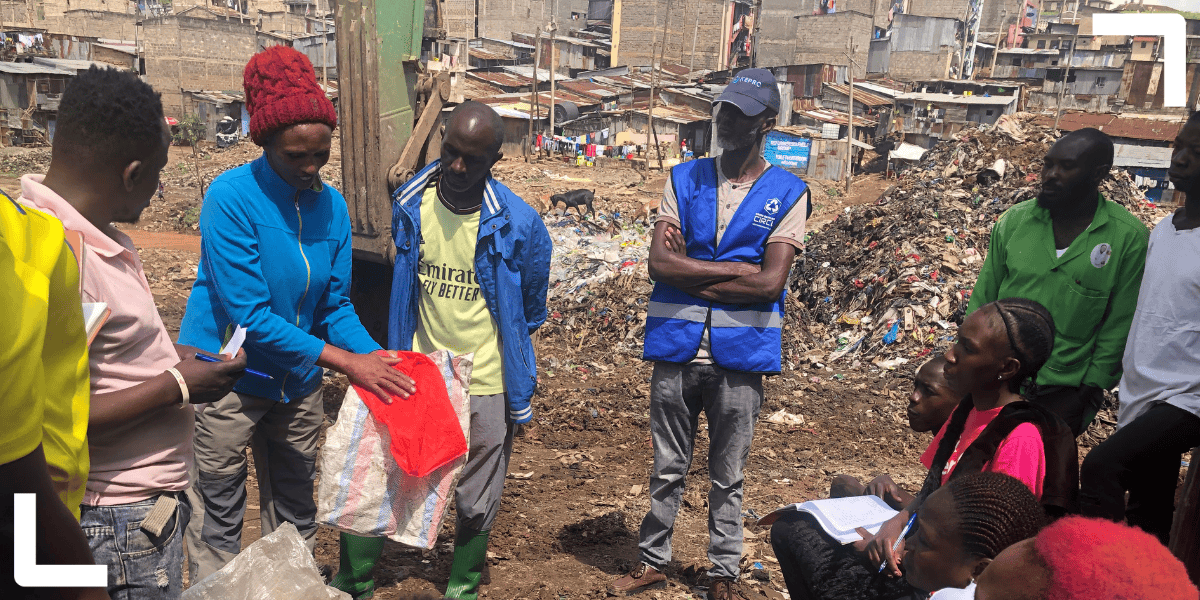Community knowledge
The incorporation of community knowledge into action research projects is central to ACRC’s approach in the implementation phase. In this blog post, we look at how the insights, experiences and perspectives of waste workers in Nairobi are helping to generate a more holistic understanding across the whole value chain, as well as benefiting the community researchers themselves.
By Wavinya Mutua, community knowledge project lead
An ACRC research team consisting of waste workers in the informal settlements of Mathare, Nairobi – including waste collectors, aggregators and scavengers – has been undertaking a study to understand how local residents are involved in the waste value chain.
Waste work is seen as dirty and undesirable, often done out of necessity rather than choice. This directly speaks to the marginal positioning of waste workers within communities. Waste workers may be organised into informal or formal associations, as in the case of community organisations that collect waste from households. Waste collection community organisations frequently have a weak organisational base but a strong collective identity.
However, some waste collectors work alone – such as waste scavengers, who are often older women. This means that their knowledge is rarely well recognised and recorded. Interventions often fail to successfully integrate all moving parts and people within the waste value chain.
Our study has involved mapping waste flows, including at dump sites and waste markets. The community knowledge team has developed a tool for community-led data collection, analysis and dissemination. Both data collection and analysis have taken place and the team is currently working to disseminate the research findings.
Going forward, this knowledge will be used in four ways:
1. To amplify the voices of waste workers in city-level conversations
The research process – from work planning to data analysis and dissemination – has been designed to equip the workers with a deep understanding of issues around and solutions to solid waste management across an entire jurisdiction, rather than within their specific working area. The plan is to integrate workers into solid waste fora, thereby supporting the cohesive integration of community voices into relevant conversations and actions.
2. To inform an ACRC action research project in Mathare, which is currently being finalised
This project includes a component on improving waste management. There is a need to raise the standard of waste management services at the neighbourhood level, which would improve living conditions and reduce flooding. There is also an extensive waste value chain and potential for those working within it to improve their earnings.
3. To increase the earnings of waste collectors
Within the team, understanding the prices of different categories of waste has already shifted how the co-researchers aggregate and sell waste. We hope to disseminate this information to other waste collectors, scavengers and aggregators within the settlement, aiming to help collectors and scavengers to identify sellable waste, as well as the best market prices within their jurisdictions. For aggregators, this may increase competition and open up new markets.
4. To help understand a city through the lens of its communities
Given that all residents generate waste, and a significant amount of it ends up in informal settlements, understanding the movement of waste is also an avenue to understand the complexities of both communities and Nairobi city as a whole.
The significance of both the research approach and the research outputs is still emerging.
In the experience of waste workers, professional agencies (such as NGOs) who adopt a participatory development approach typically take one or two elements of the value chain and seek the involvement of those working to improve that particular element.
In many instances, professional agencies involve the more visible waste workers, such as waste aggregators or waste collectors, who are organised into community organisations. This approach excludes other pivotal waste workers, such as scavengers and even drug addicts. We found that addicts were often paid small amounts to dispose of waste into the river and therefore any comprehensive solutions to addressing river pollution must recognise, understand and include them.
The team of waste workers see things differently and want to have an active role in the design of interventions. Aware that the value chain is highly fragmented, with vast differences in income arising from the same raw material, they are seeking a systemic understanding of the profitability of different parts of the value chain, ultimately to improve the quality of waste management services and the income they can generate.
Beyond the communities, city and national elites often use the trucking of waste to generate rents, as the city subcontracts all work pertaining to transport of waste and dumpsite removal. Therefore, holistic and cross-system approaches to waste management will also directly impact income generated by elites.
The rest of the value chain is shaped by communities in informal settlements and the residents of Nairobi city – from waste generators and waste scavengers to waste collectors and low-volume aggregators. Solutions to Nairobi’s waste issue are highly political, but also heavily community led.
The work presents a challenging, complex and rewarding opportunity to understand how citizen mobilisation can help shape long-term elite commitment and city policies.
Header photo credit: Wavinya Mutua
Note: This article presents the views of the authors featured and does not necessarily represent the views of the African Cities Research Consortium as a whole.
The African Cities blog is licensed under Creative Commons Attribution-NonCommercial-NoDerivatives 4.0 International (CC BY-NC-ND 4.0), which means you are welcome to repost this content as long as you provide full credit and a link to this original post.



